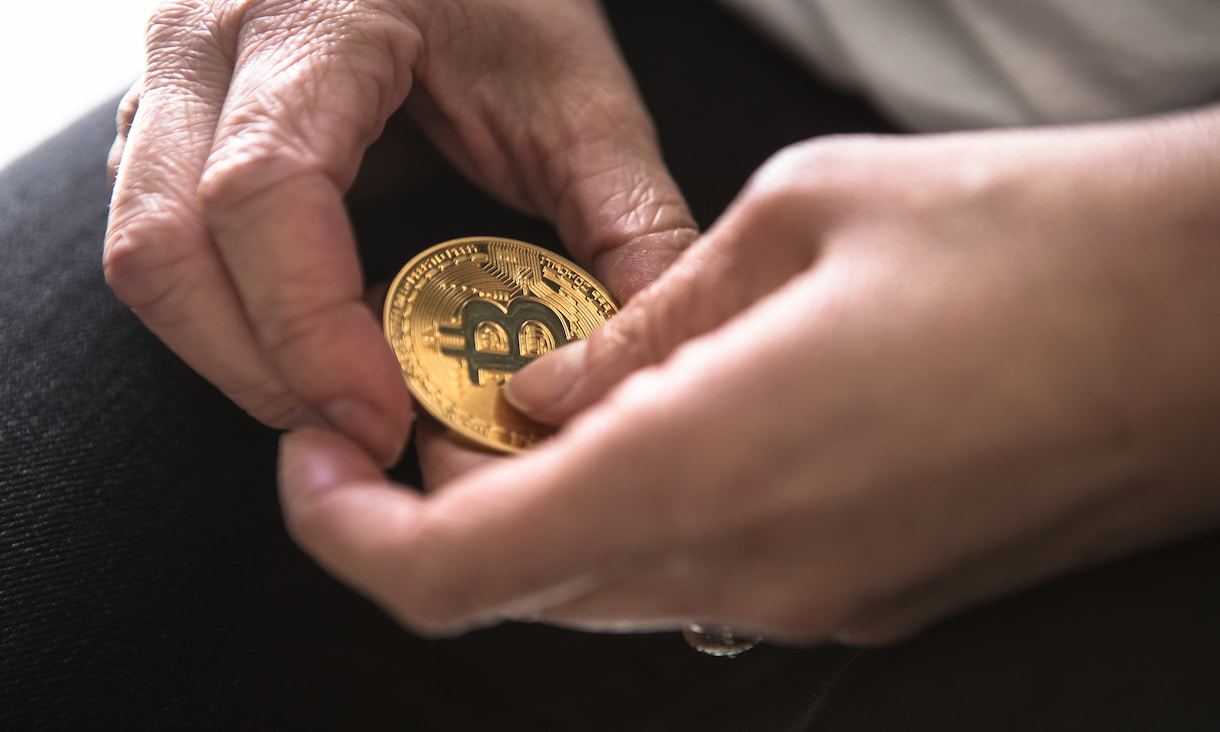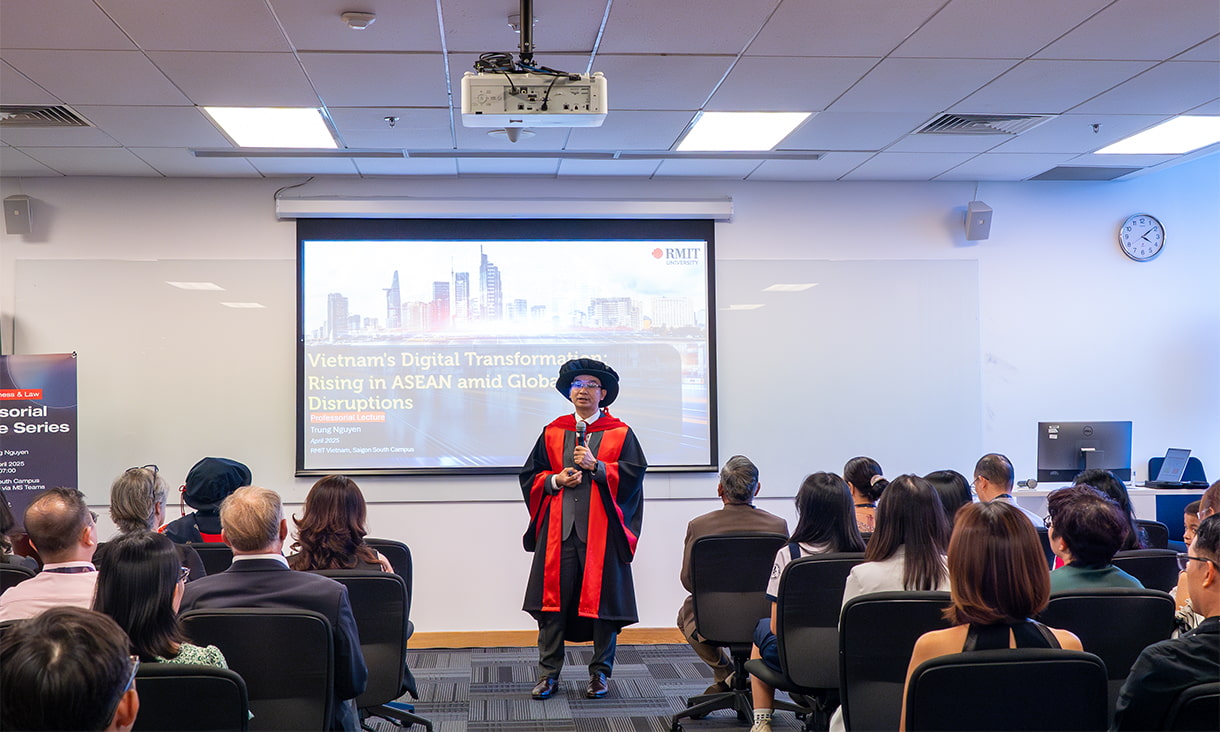The Australian aid sector has faced significant criticism over its handling of millions of dollars in bushfire donations. Frustrations surfaced after Celeste Barber’s court hearing in May, which placed restrictions over how the comedian could use her fundraising of $51 million to help bushfire-hit communities. Representing Facebook’s record-breaking fundraiser, Barber’s public appeal attracted 1.3 million donors globally with a promise that donations would assist impacted humans and wildlife in rebuilding their homes. Yet, five months after the campaign, donors were told that 100% of their donations would be used to pay for equipment for the NSW Rural Fire Service (RFS). While this outcome ensured donations would be used towards bushfire impact and delivery, it had the unintended consequence of not hitting all of the intended recipients.
This media incident highlights the lack of clarity around funding control. While Barber had intended to keep her promises to donors, she was strictly prohibited from fulfilling these promises due to the legal rules that govern the nominated trust fund. Even once she was made aware of these rules, she was unable to make any formal rule changes due to the rigid and inflexible nature of the current governance vehicle used to oversee the funding distribution process.
Public frustrations have also been aimed at three of Australia’s largest charities – including Red Cross, St Vincent de Paul’s and the Salvation Army who had received a combined total of $282 million in bushfire donations. In an interview with the ABC News, Rural Fire Service volunteer Steve Hillyer stated that people had donated based on the expectation that this would be used to quickly support over 3,000 impact residents in rebuilding their homes. Yet only half of this amount has been spent to date, with many still waiting to receive adequate housing. Red Cross justifies its response by intending to spread their support to impacted residents over a 4-year timespan, in alignment with applied learnings from previous bushfire disasters. This again highlights the lack of governing clarity over how and when funds should be distributed, and who is responsible for making these decisions. In both these cases, donors and charities held valid yet conflicting views as to funding allocation, and yet the governance vehicles in place did not clearly list who should ultimately make these distribution decisions. Therefore, judgement was left to a centralised authority, such as Red Cross or the deed governing barber’s nominated trust, with no satisfying outcome for donors or impacted residents.
As a consequence of the media around this issue, many donors feel that their trust has been violated by the charity organisers. This scandal is reminiscent of the broader trend in the Australian aid sector, with reports revealing that public trust and confidence have been rapidly declining in Australian charities, as highlighted in our national regulator’s 2017 commissioned report.
There is a significant need for the Australian aid sector to rebuild public trust in its governance system. Consequently, the sector should consider redesigning its governance systems through the use of developing technologies.
This is where blockchain technology can assist. Blockchain technology is a distributed, cryptographically protected record-book that lets people record, manage and verify transactions in a single online location and is currently being investigated by Oxfam, Red Cross and UNICEF. Blockchain can assist with transparency in the Australian aid sector by enabling the donation to be tracked from the donor, to the charity and, ultimately, to the recipient.
Blockchain can also provide donors with greater decision-making control over where their donations go by enabling them to attach digital conditions – known as smart contracts – to their own contributions. The donor can set conditions to his or her donations – for example, an expiry date, which forces the charity to spend the donations within a set timeframe, or else the donations will be automatically returned to the funder. Blockchain increases donors’ decision-making power by enabling donors to setup their own governing vehicle which lists their funding expectations. This holds charities directly accountable to their distribution actions through automated and cryptographically-binding protocols.
Blockchain technology also has the capacity to facilitate direct giving to impacted residents. One example is Binance’s direct giving platform, which enables the public to donate in cryptocurrencies, such as Bitcoin, and track how these are allocated. As of 1st June, Binance has raised over $USD1.1 million globally for the Australian bushfire appeal. Direct giving has the potential to solve many of the conditional issues as witnessed with Celeste Barber’s case.
Blockchain can also significantly reduce centralised governance through the use of a Distributed Autonomous Organisations (DAOS) – a set of smart contracts employed to oversee network user interactions. In a discussion paper on the future of charitable giving, Davies speculates how the combination of artificial intelligence (AI) with DAOs might improve decision-making power. The human would have full allocation decision-making responsibility, based on emotional and rational considerations, while the AIDAO would be responsible for aid distribution. In the context of bushfire disaster relief, the charity could use an AIDAO-controlled warehouse of smart objects, including self-driverless vehicles. Traditionally, the charity would store and operate large vehicle fleets for physical aid distribution. Instead, these fleets could be replaced by an AIDAO-controlled vehicle network that can be commanded to distribute aid as necessary to devastated areas.
In conclusion, these examples demonstrate the enormous potential for blockchain technology to help the Australian aid sector address some of its most complex governance issues. While it may be too late to apply these learnings to the current bushfire aid process, the sector has the opportunity to reflect on these issues and to consider the use of developing technologies in rebuilding trust for future disaster programmes.
Andrea Christie - Graduate School of Business and Law







